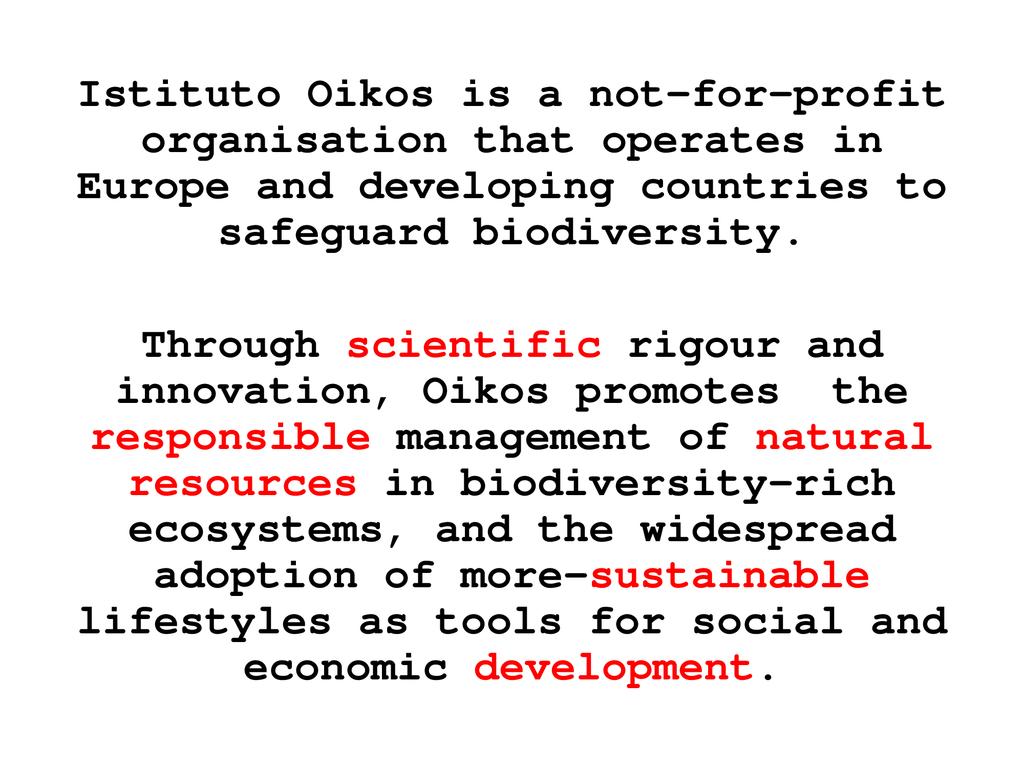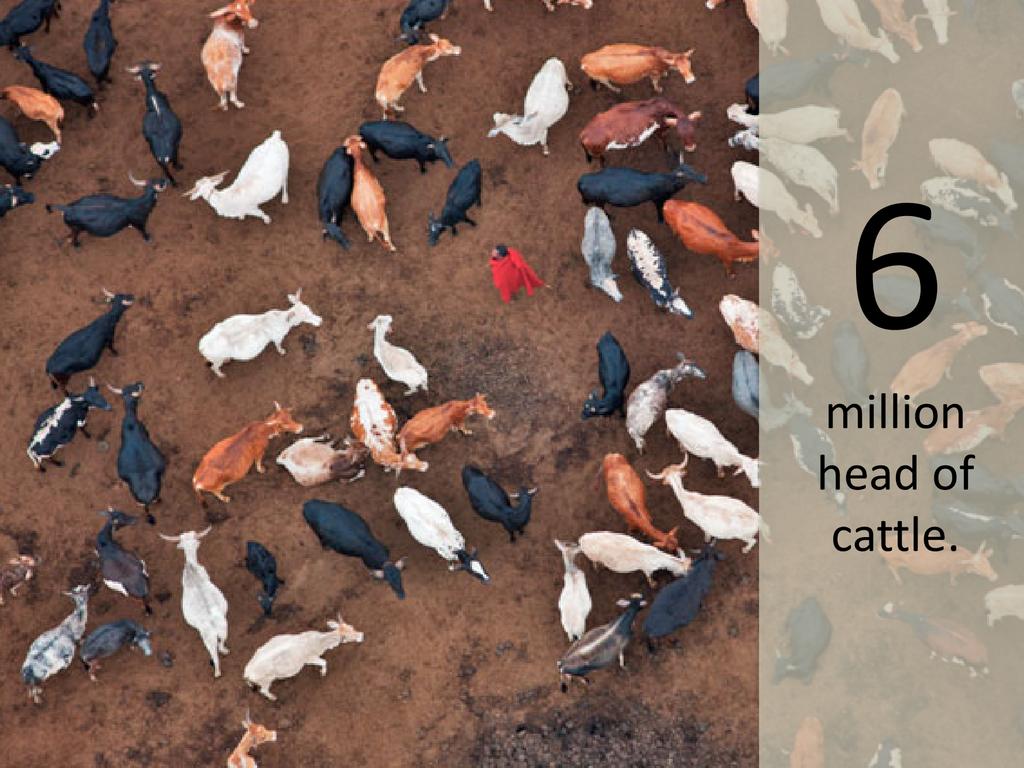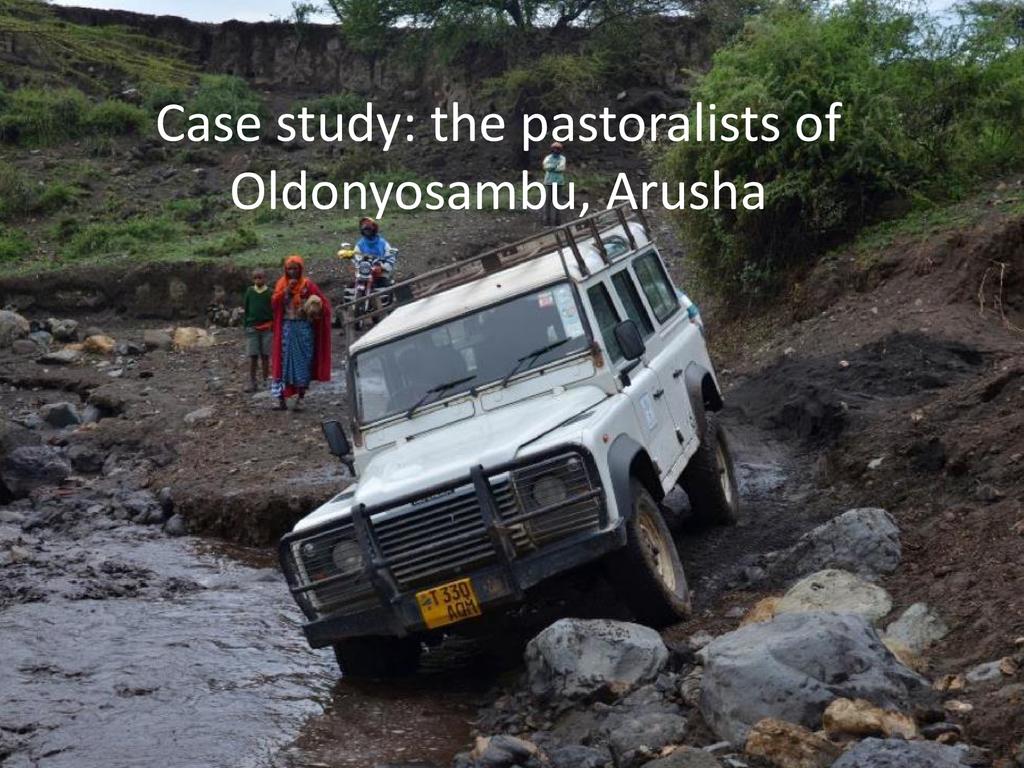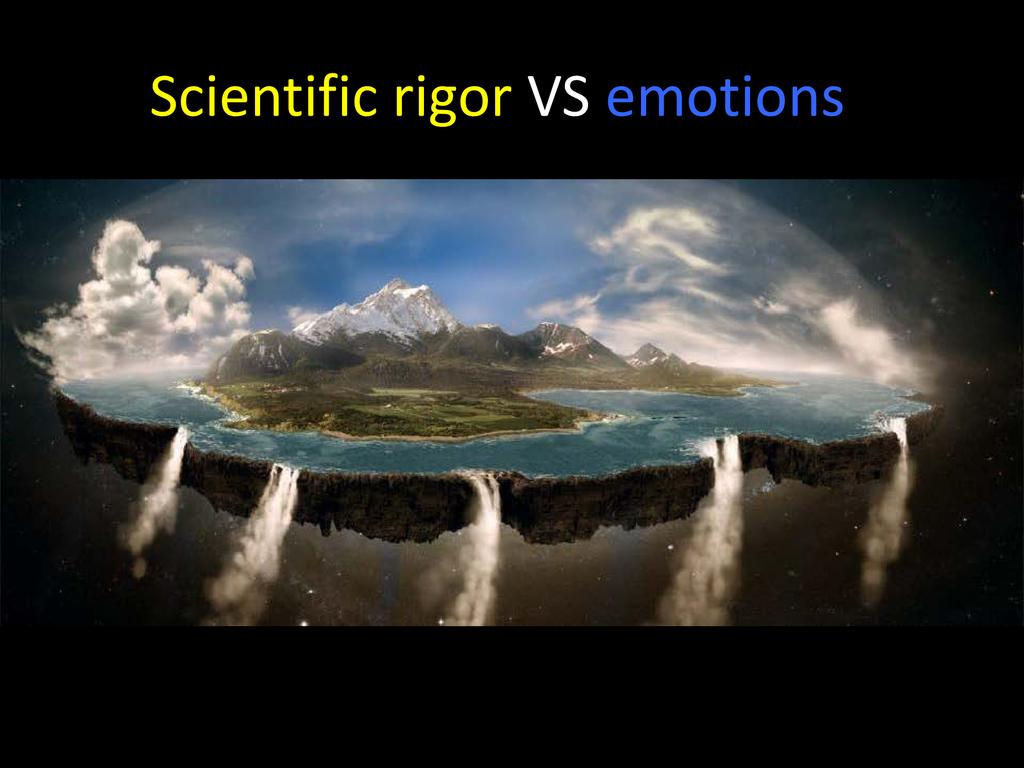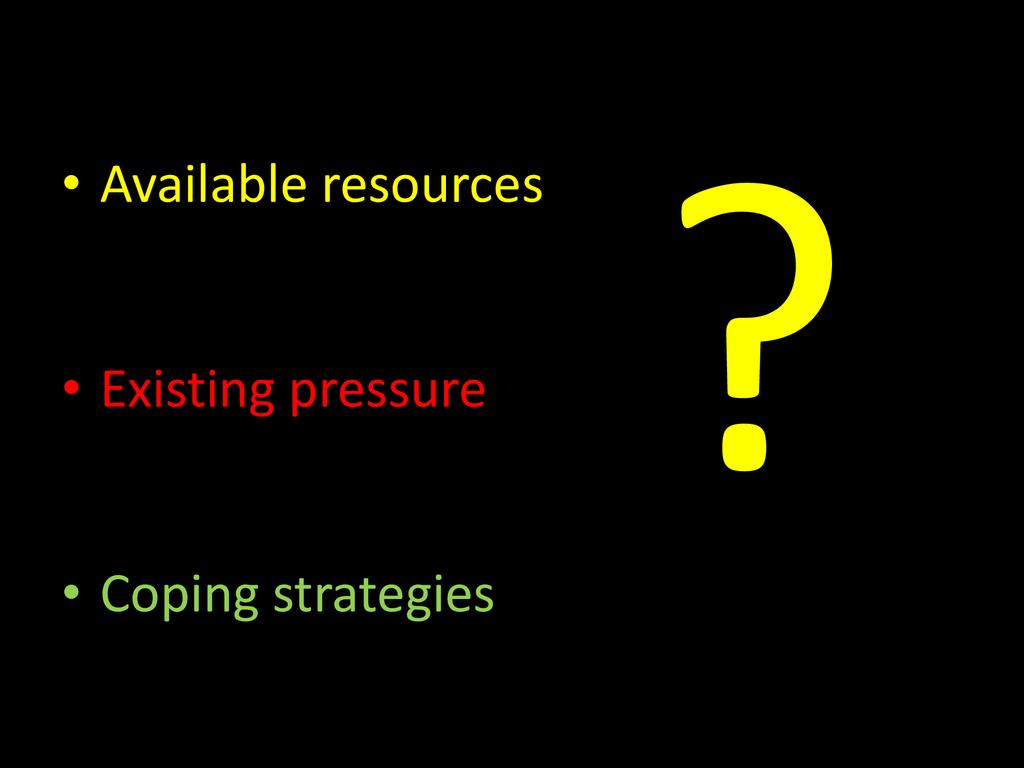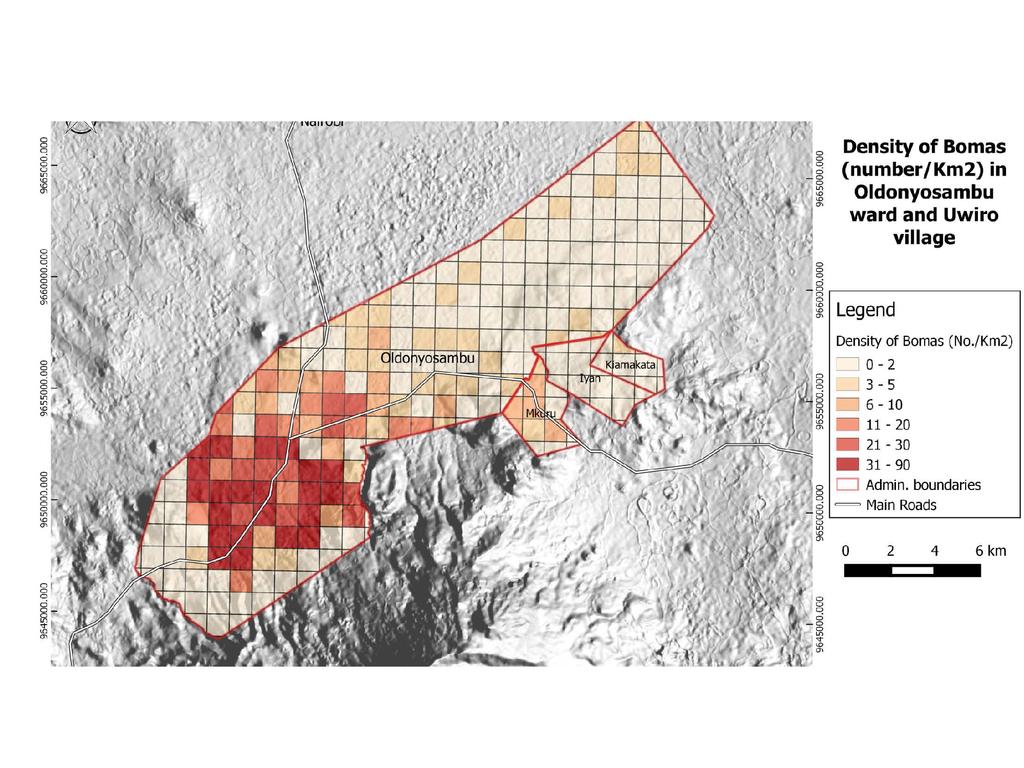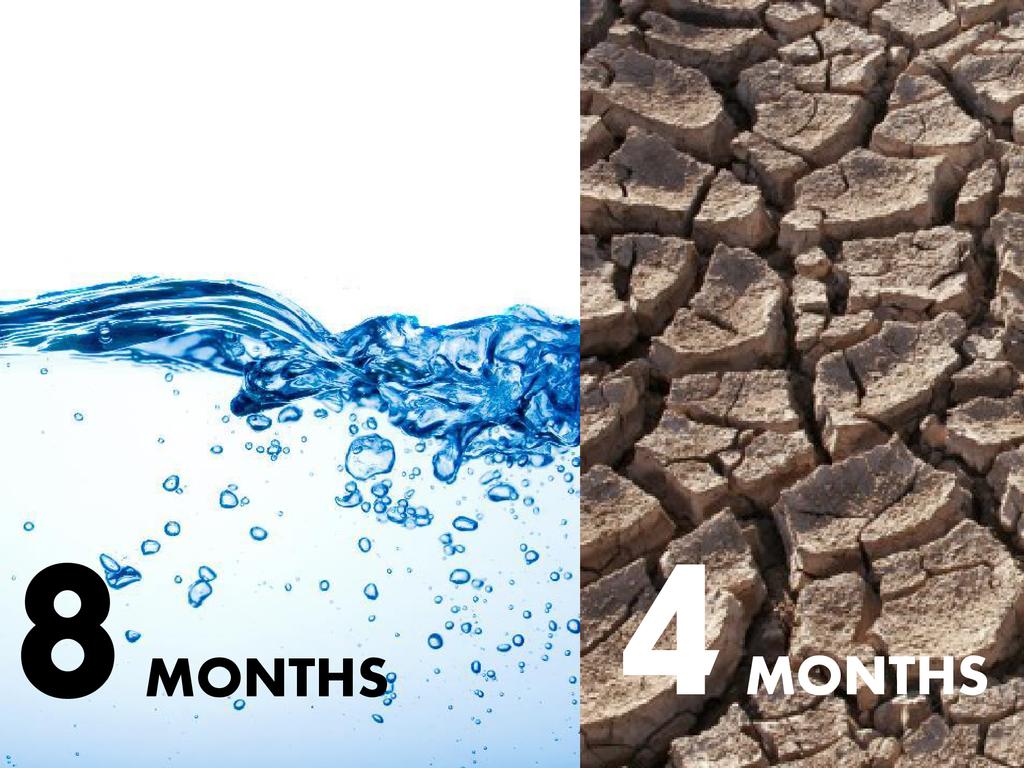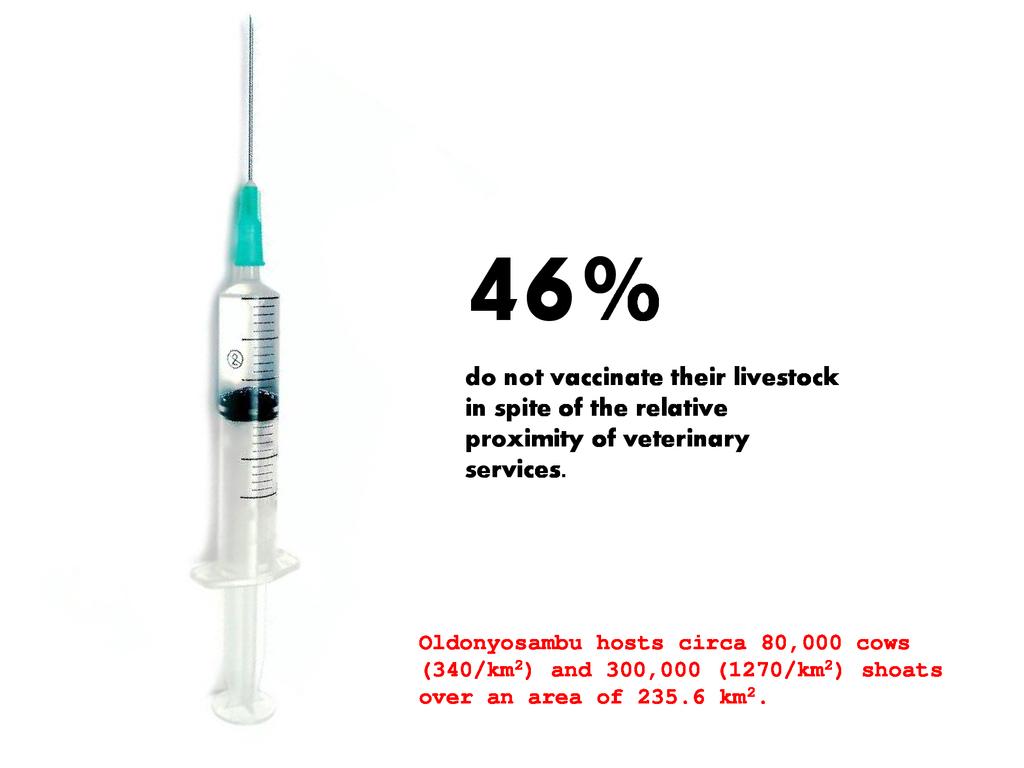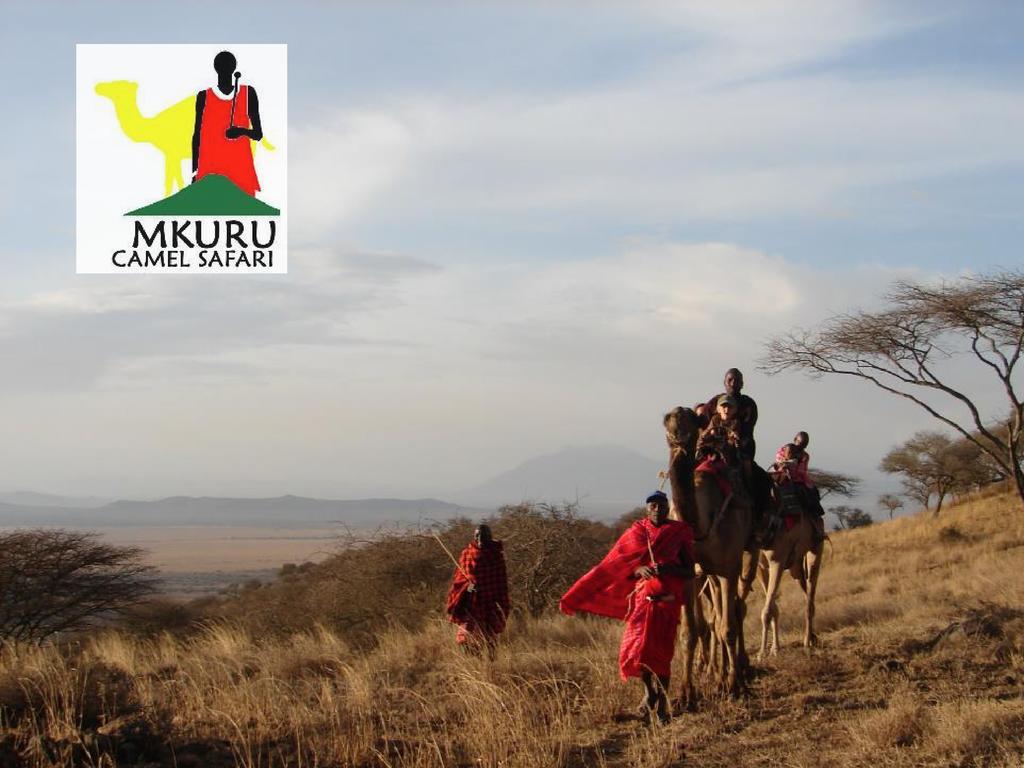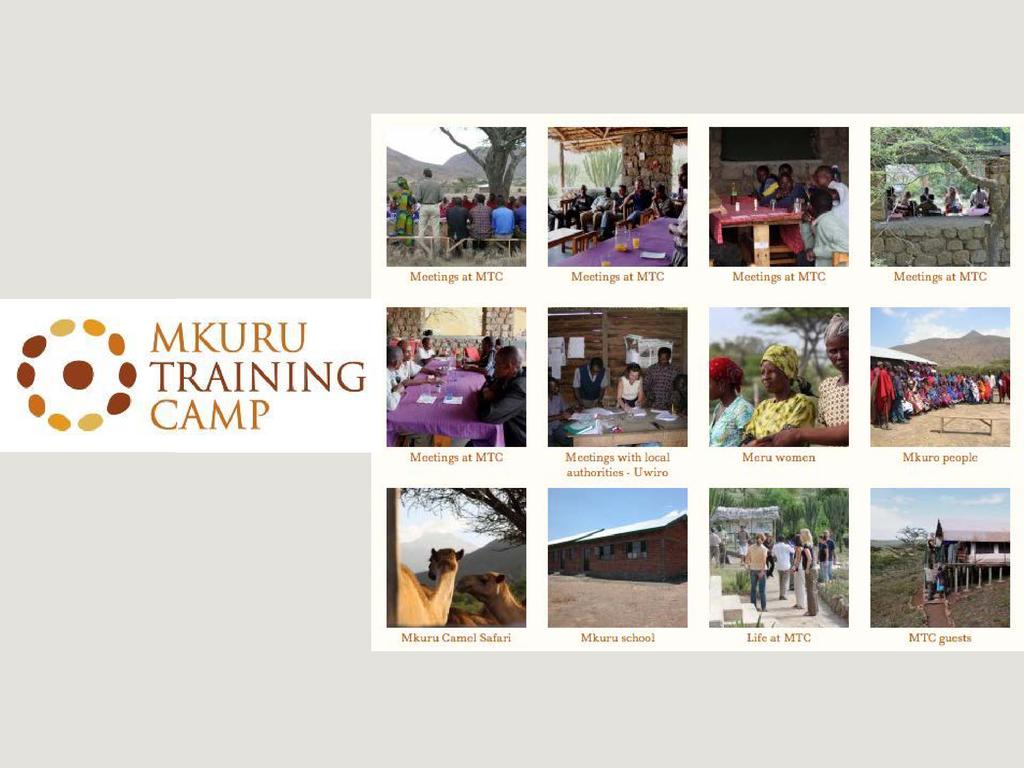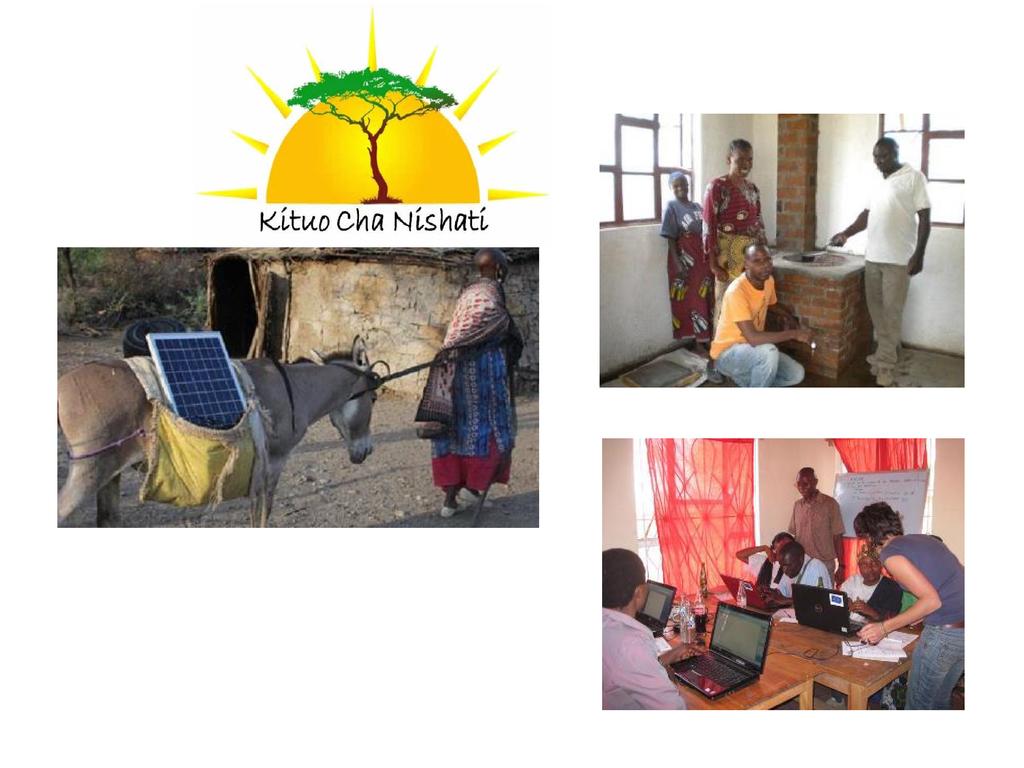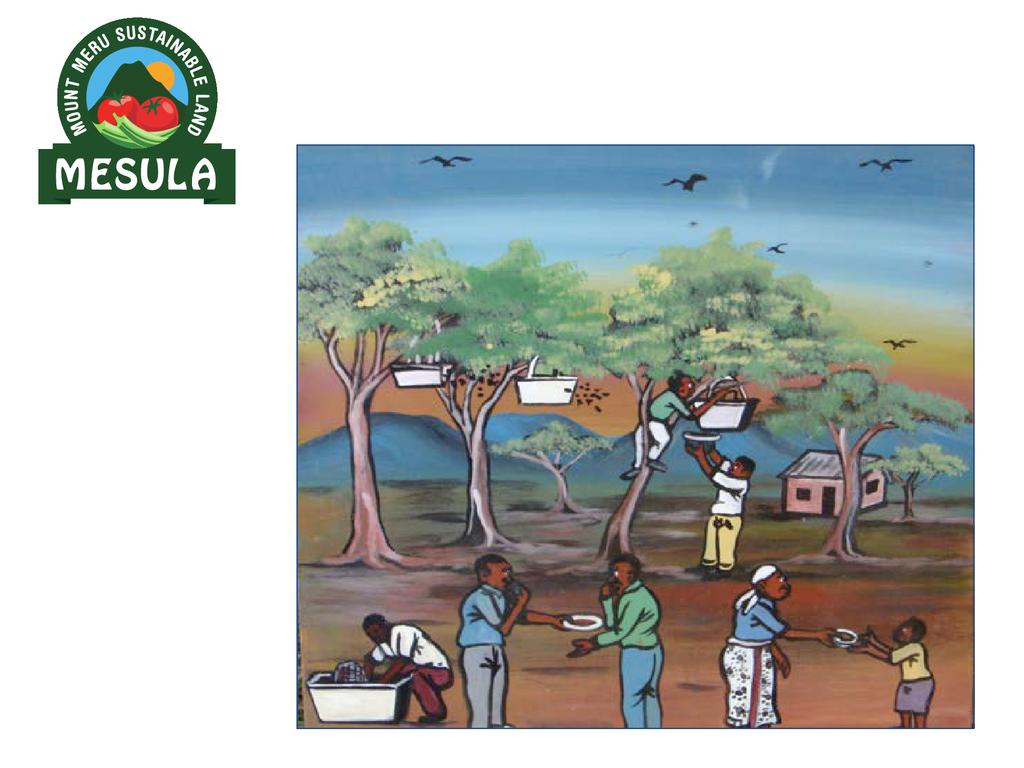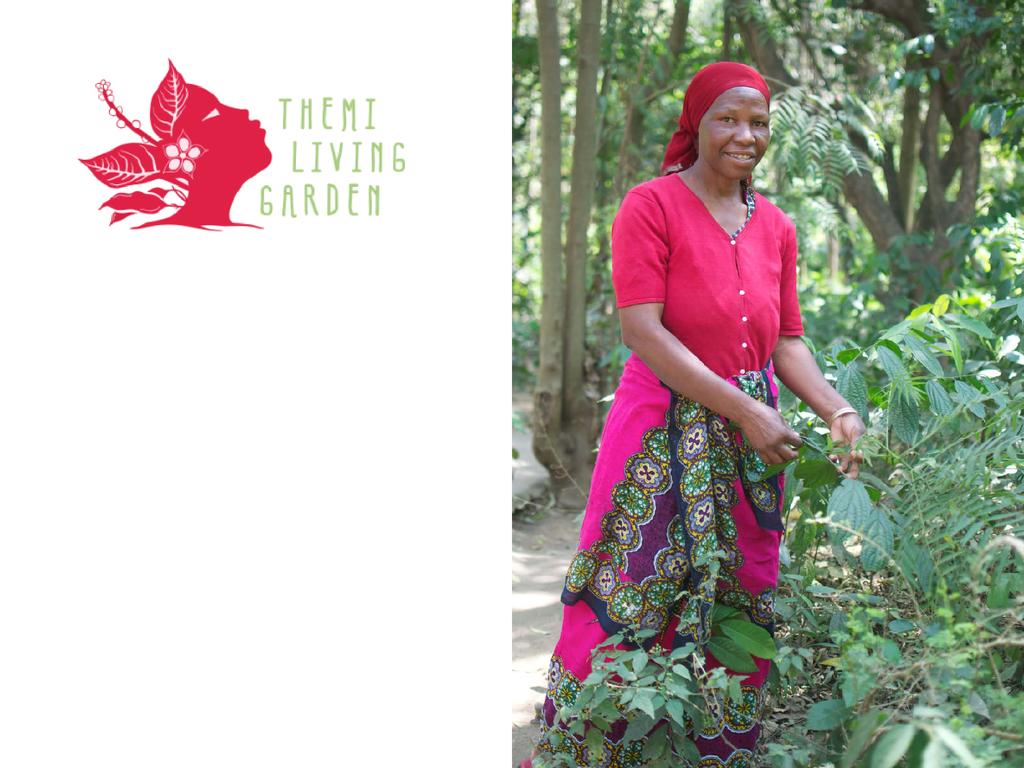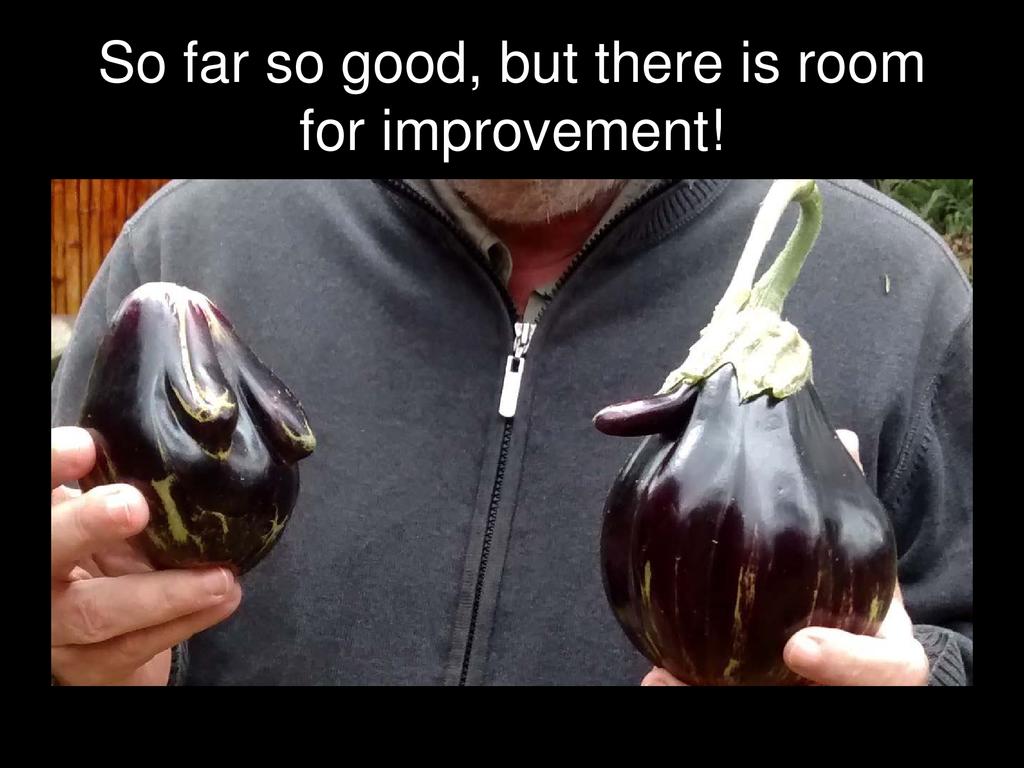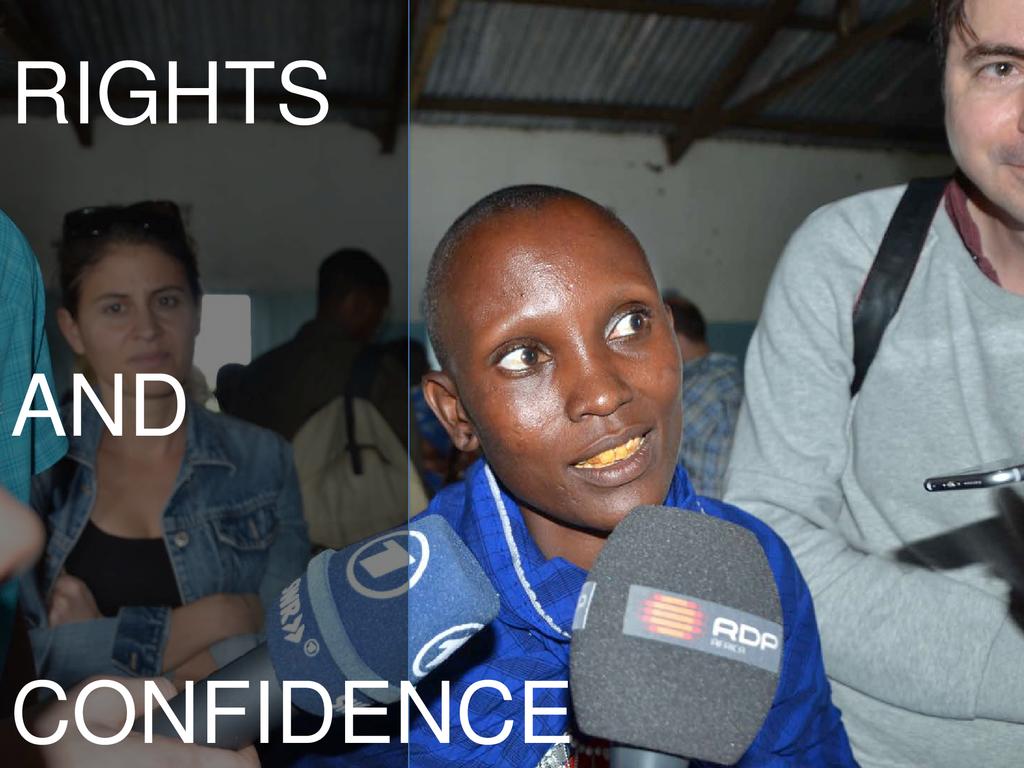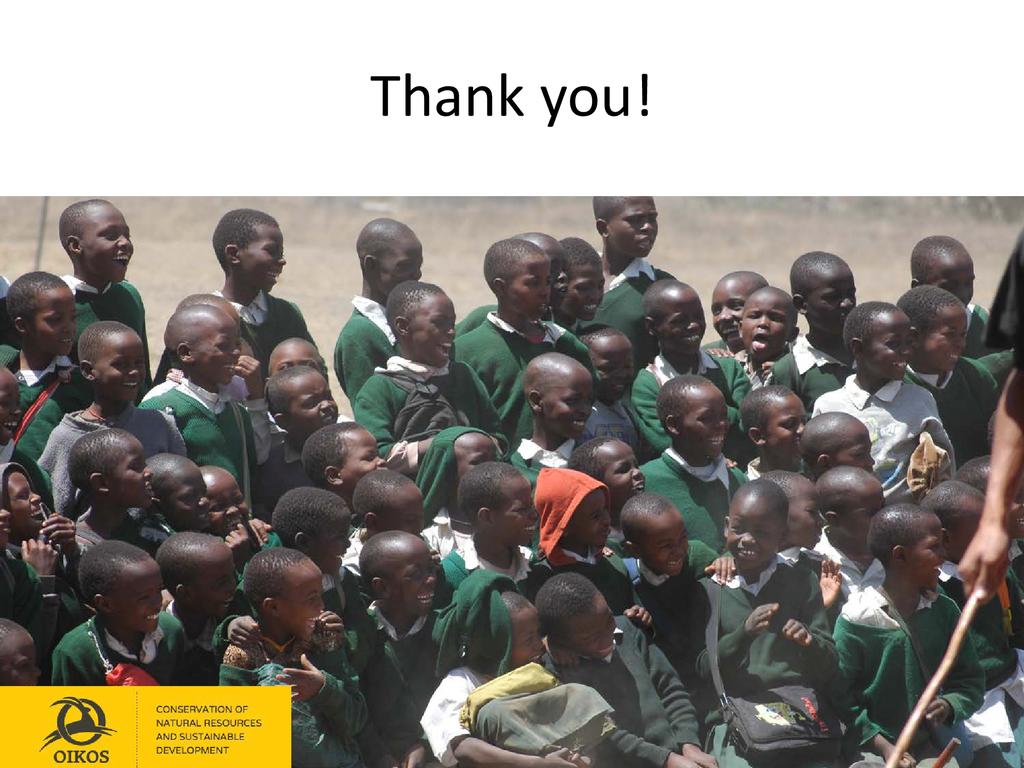Presented By: Silvia Ceppi
Event: 2nd ECHO East Africa Pastoralist Symposium (2016-03-01)
Session: Strategies will be shared to test increase of resilience, for example, a vegetable leather tanning program. The rangelands bordering the western slopes of the Mount Meru are a key ecological corridor and provide for a range of ecosystem services that entirely support the livelihoods of Maasai pastoralists and their herds. Climate change effects influence economical and food insecurity. Contraction of available and good quality grazing lands, increased human and livestock populations have forced pastoralists to revert to unsustainable practices to reduce their economical insecurity. These include migration, charcoal production and livestock destocking. The presentation shares an analysis of current livelihood strategies, the perception of climate change, and the coping mechanisms adopted by selected representatives of pastoralist communities, thus facilitating the design of appropriate and effective response mechanisms to alleviate people and ecosystems’ vulnerabilities.
Biographical information: Silvia Ceppi is an Italian conservation biologist who moved to Tanzania in 1998 to co-manage a lion conservation program set in Tarangire National Park, Tanzania. She moved to Zanzibar in early 2000 to run an environmental education project and after that to Ruaha National Park, where she ran a tourist operation for 5 years. In 2007 she decided it was time to go back to science. After realizing the main driver of loss of biodiversity in the tropics is food production, she researched on the sustainability of the diets of Tanzanian ethnic groups across the country, assessing both nutritional sustainability and ecological impact; this led to obtaining a PhD in Ecology of human nutrition. Since 2009 she is based in Arusha and collaborates with Istituto Oikos as a scientific advisor, assisting the team in project design and write up of activities, implementation, data collection and monitoring of project indicators.

